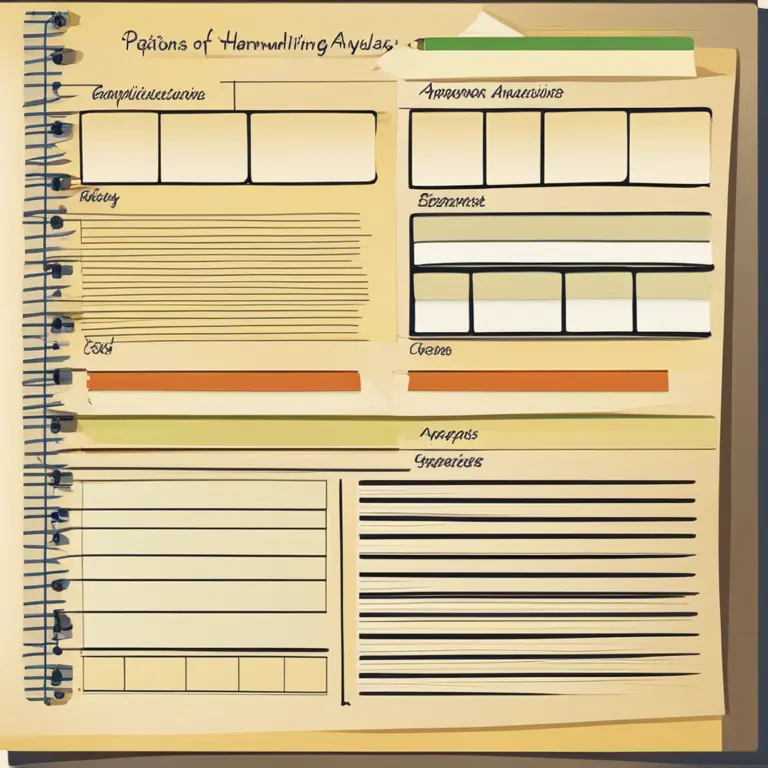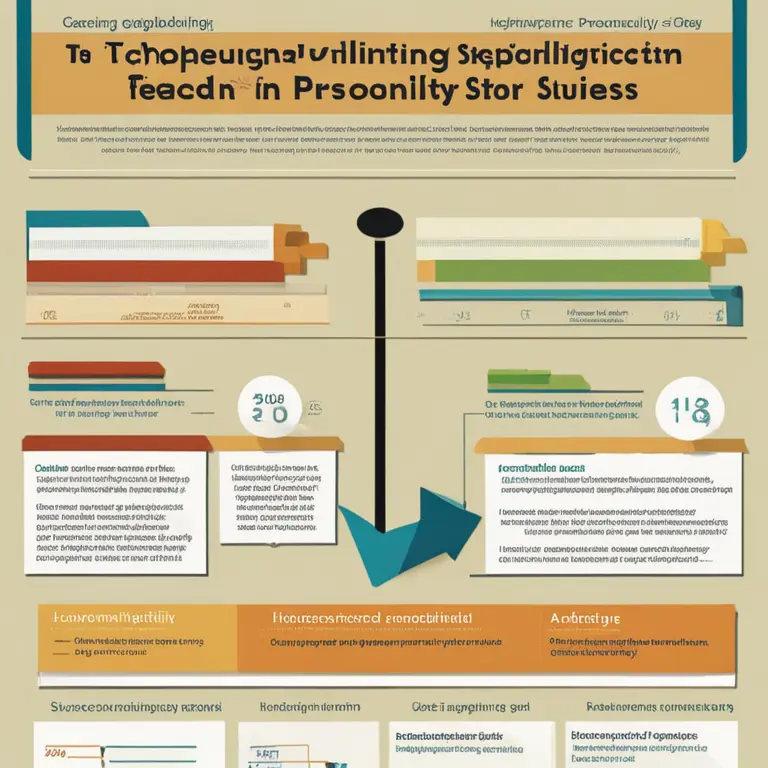
Exploring Graphology: The Analysis of Handwriting
Delve into graphology, the intriguing practice of interpreting personality traits and tendencies through handwriting Patterns.
article by Nora Pennington
Graphology: An Introductory Sketch
The practice of graphology, or handwriting analysis, hinges on the belief that handwriting holds the key to unlocking aspects of an individual's personality and behavioral characteristics. While not regarded as a conventional science by all, it remains an area of interest for many and functions as a tool within various disciplines, including psychology and human resources. Adherents suggest that just as an individual's handwriting is unique, so too are the insights that can be discerned from it. The roots of graphology stretch back to the 19th century, but continuous development and modern research have evolved it into the intriguing field it is today. Proponents of contemporary graphology utilize it to gain potentially revealing information about a writer's subconscious mind, emotions, and work habits. Each loop, line, and stroke is considered a window into the subconscious, potentially revealing anything from integrity to energy levels. In the professional world, these analyses can play a role in career counseling, partnerships, and even profiling in criminal investigations.

Core Principles of Handwriting Analysis
Graphologists typically examine a variety of factors within handwriting such as size, slant, pressure, and spacing. The size of one's handwriting might suggest traits related to self-perception and social interactions. For example, large letters may indicate a personality that longs to be understood or noticed, whereas small writing might suggest thoroughness and concentration. The slant of letters could allude to emotional expressiveness, where right-slanting writing may point to an open, communicative nature and a left slant to introspection and reserve. Pressure speaks to emotional energy and resilience; heavy-handed writers may be described as committed and enduring, while light pressure might reveal sensitivity or flexibility. Spacing between words and letters not only affects legibility but is interpreted as a sign of social tendencies and time management skills. These characteristics, among many others, are combined to create a more comprehensive profile of the writer.

The Challenges and Skepticism Faced
Despite its intriguing promise, graphology has faced scrutiny and skepticism. One primary concern is the lack of a standardized method for analysis, leading to subjective interpretations by different practitioners. The scientific community often cites insufficient empirical data and reproducibility issues as reasons to question graphology's validity as a diagnostic tool. However, practitioners counterargue by referencing historical success stories and ongoing advancements in the method's refinement. Technological innovations, such as artificial intelligence and machine learning, are now playing a role in standardizing analyses and bolstering the field's credibility. Even with advancements, graphology is generally recommended to be used in conjunction with other evaluation methods rather than as a standalone resource. Ultimately, the reliability of handwriting analysis rests on the skill and the experience of the analyst.

Applications of Handwriting Analysis in Various Fields
Despite its contentious reputation, graphology enjoys application across several disciplines and industries. In human resources, it can be a factor in recruitment, suggesting compatibility of candidates with company culture and role requirements. Educationalists sometimes utilize handwriting analysis to understand learning styles and cognitive functioning in students. In the world of forensics, document examiners employ graphological principles to verify the authenticity of signatures and writings. Personal development and counseling are yet other areas where graphology provides insights that might be challenging to capture in standard interviews or surveys. Even the financial sector has been known to use handwriting analysis in risk assessment and fraud detection. Each of these applications rests on the belief that through handwriting, we can access deeper, sometimes hidden, dimensions of personality and intent. As technology advances, the integration of graphological tools in these fields is likely to become more sophisticated and widespread.

Graphology as a Complementary Practice
Graphology's true power may lie in its role as a complementary practice. When combined with other methodologies such as psychometric testing, interviews, and psychological assessments, graphology can add beneficial nuances to personal and professional profiles. It beckons individuals to explore beyond the overt, providing a form of self-reflection and understanding that is unique to each person's script. By acknowledging its potential alongside its limitations, handwriting analysis can be a valuable asset in the toolkit of those seeking to understand human behaviors and interactions more fully. As it stands, the practice invites curiosity and sparks conversation about the myriad ways we can interpret human expression and personality. For enthusiasts and practitioners alike, the analysis of the scribbled line is not merely a hobby but a pursuit of deeper psychological insights. Whether one views graphology as a science, an art, or a bit of both, its intriguing nature continues to captivate and provoke discussions about what our handwriting reveals.
Published: 1/11/2024
Modified: 1/12/2024
More predictions
Come back here soon to learn more about yourself and your future


Can Palmistry Predict Your Path Incorrectly?
Delving into the accuracy of palm readings, this article examines whether palmistry can lead to incorrect predictions about one's life and destiny.


The Possibility of Palmistry in Cancer Detection
Examining the claims that palmistry holds any potential in identifying the risk of cancer: a deep dive into the world of mysticism and medicine.


Palmistry Basics: How to Read Your Hand's Secrets
Learn the basics of palmistry with this guide on how to read the lines and shapes of your hands to reveal insights about your personality and future.